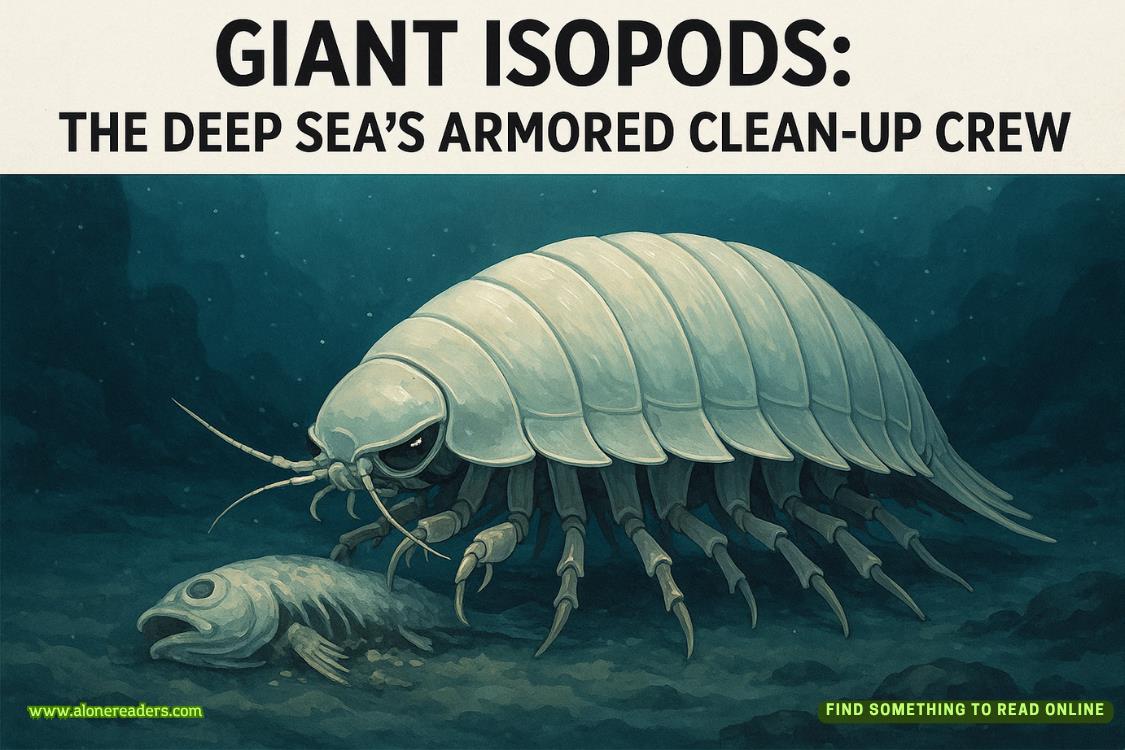‘Think again. There will always be another Throckmorton. We will do all we can to protect Queen Elizabeth, of course, but some day one of these traitors will slip through our fingers.’
Ned admired Walsingham’s ability to think one step ahead of the current situation, but he did not know where Walsingham was going with this. ‘What can we do, other than be ever-vigilant?’
‘Let’s make it our mission to get proof that Mary Stuart is plotting to usurp Queen Elizabeth.’
‘Elizabeth will probably authorize the torture of Throckmorton, given that he has threatened her throne; and Throckmorton will naturally confess; but everyone knows that confessions are unreliable.’
‘Quite so. We must get incontrovertible evidence.’
‘And put Mary Stuart on trial?’
‘Exactly.’
Ned was intrigued, but he still did not know what Walsingham’s devious mind was planning. ‘What would that achieve?’
‘At a minimum, it would make Mary unpopular with the English people. All but the most extreme ultra-Catholics would disapprove of someone who wanted to unseat such a well-loved queen.’
‘That won’t stop the assassins.’
‘It will weaken their support. And it will strengthen our hand when we ask for the conditions of Mary’s imprisonment to be made harsher.’
Ned nodded agreement. ‘And Elizabeth will be less worried about being accused of unfeminine cruelty to her cousin. But still . . .’
‘It would be even better if we could prove that Mary plotted not only to overthrow Queen Elizabeth but to murder her.’
At last Ned began to see the trend of Walsingham’s thinking, and he was startled by its ruthlessness. ‘Do you want Mary sentenced to death?’
‘Yes.’
Ned found that chilling. To execute a queen was the next thing to sacrilege. ‘But Queen Elizabeth would never execute Mary.’
‘Even if we proved that Mary had conspired to assassinate Elizabeth?’
‘I don’t know,’ said Ned.
‘Nor do I,’ said Walsingham.
*
NED PUTTHROCKMORTONunder twenty-four-hour surveillance.
Aphrodite had surely told her husband about Ned’s call, and the French embassy must have warned Throckmorton. So, Ned figured, Throckmorton now knew that Ned suspected the existence of the correspondence with Mary. However, based on the same conversation, Throckmorton presumably believed that Ned did not know the identity of the courier.
The team tailing him was changed twice a day, but still there was a risk that he might notice them. However, he did not appear to. Ned guessed that Throckmorton was unaccustomed to clandestine work and simply did not think to check whether he was being followed.
Alain de Guise wrote from Paris to say that Pierre had sent an important letter to Mary Stuart by a courier. That letter would have to be smuggled to the imprisoned Mary by Throckmorton. If Throckmorton could be arrested with Pierre’s letter in his hand, it might serve as objective proof of his treachery.
However, Walsingham wanted Mary, not Throckmorton. So Ned decided to wait and see whether Throckmorton got a reply from Mary. If she consented to a plot, and especially if she wrote words of encouragement, she would stand condemned.
One day in October, while Ned waited anxiously to see what Throckmorton would do, a gentleman of the court called Ralph Ventnor came to Seething Lane to say that Queen Elizabeth wanted to see Walsingham and Ned immediately. Ventnor did not know the reason.
They put on their coats and walked the short distance to the Tower, where Ventnor had a barge at the wharf waiting to take them to White Hall.
Ned fretted as they were rowed upstream. A peremptory summons was rarely good news. And Elizabeth had always been capricious. The blue sky of her approval could turn in an instant to lowering black clouds – and back again.
At White Hall, Ventnor led them through the guard room, full of soldiers, and the presence chamber, where courtiers waited, and along a passage to the privy chamber.
Queen Elizabeth sat on a carved and gilded wooden chair. She wore a red-and-white dress with a silver-gauze overdress, and sleeves slashed to show a lining of red taffeta. It was a youthfully bright outfit, but it could not hide the passage of time. Elizabeth had just passed her fiftieth birthday and her face showed her age, despite the heavy white make-up she used. When she spoke, she showed irregular brown teeth, several missing.















